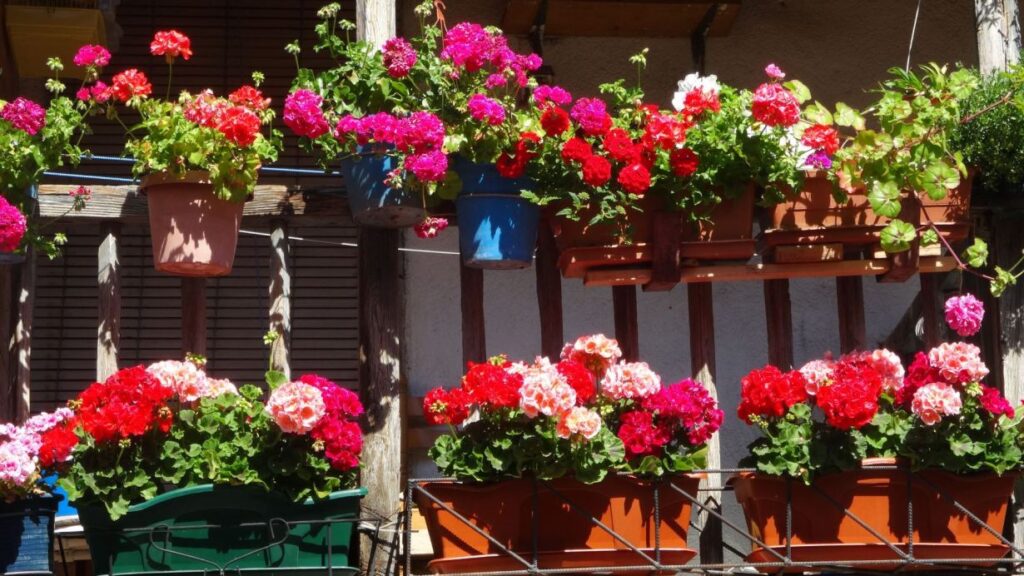3. Decide what TIME to go
Travelling in the different seasons can result in very different camino experiences. The time of the year is important because Northern Spain has very distinct seasons.
Winter (Dec – Feb) can see an awful lot of snowfall. Expect it to be colder and the higher passes may be difficult to cross, and even closed (particularly crossing the pass from St Jean Pied de Port over the Pyrenees). Don’t take this lightly, pilgrims have died from getting lost on snowy passes.

Spring (Mar-May) can be wet and muddy. Check out some youtube videos and you’ll see people up to their knees in mud, barely able to walk. Note that by mid-late May the rain is starting to ease, the ground is drying up and it is wonderfully green everywhere. And, there are wildflowers to accompany you on your path. I started on 23 May and the ground was puddly but walkable. I enjoyed walking under my poncho and found the light rain to be a blessing. Compared to a friend’s photos of walking in September, the landscapes were far more spectacular when I walked in May. Notably, when you get to Galicia in the Western side of Spain (close to Santiago), there is plenty of rain nearly all year round.
Summer (Jun – Aug) – I walked through June and it was mostly light rain or sunny, clear days. In the last week of June, as I neared Santiago, it was pretty wet and other pilgrims started to swamp the trails. Keep in mind that as the season goes on it gets dry, hot and very, very busy. A lot of Europeans have their holidays in July and August, and many will walk some of the Camino or visit some of the Spanish towns you pass through.
Autumn (Sept – Nov) – After a hot Summer, the Camino will be very dry in most places. It’s not as pretty as May, but the crowds subside.
